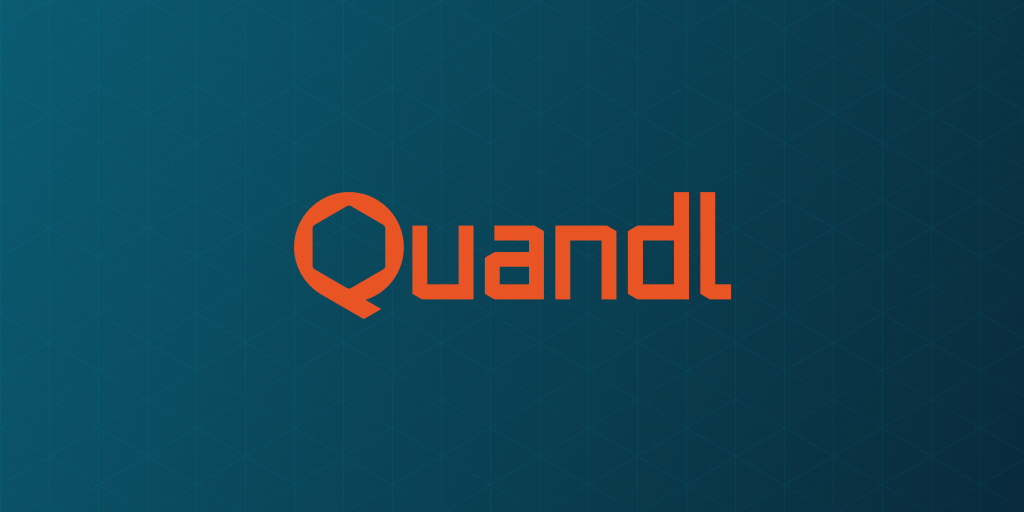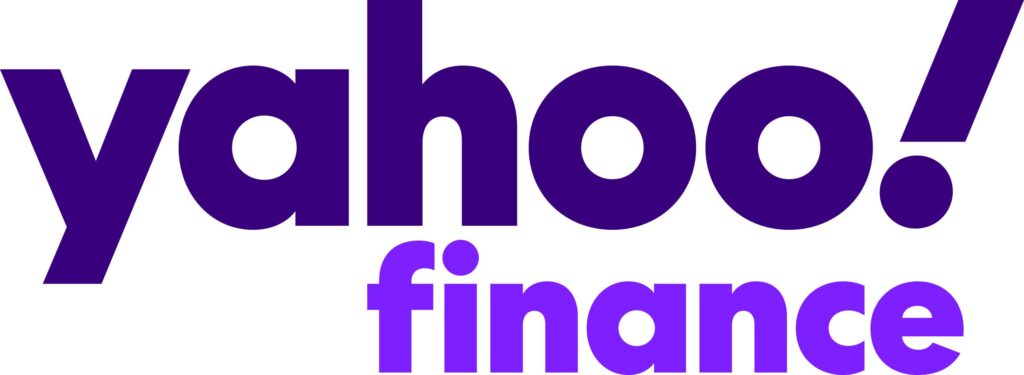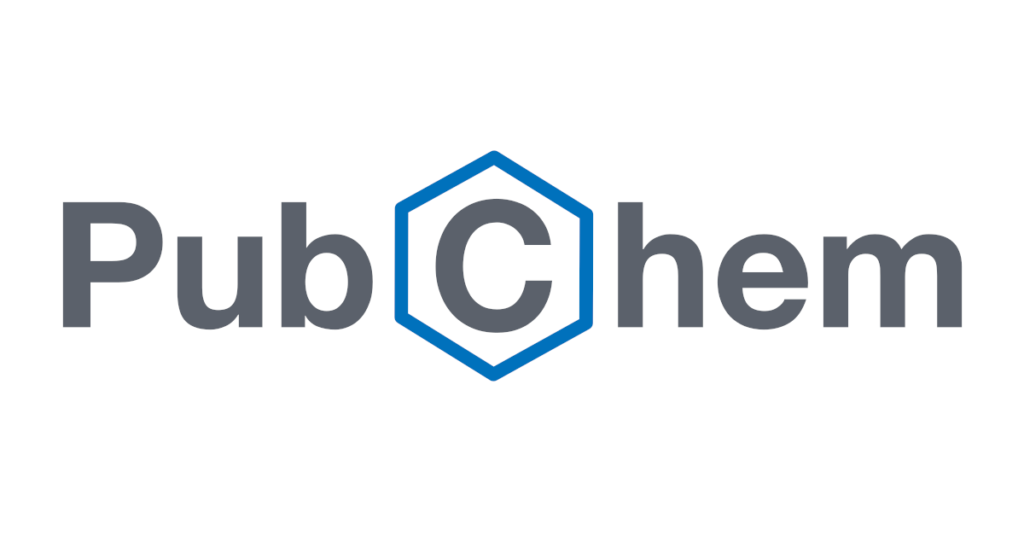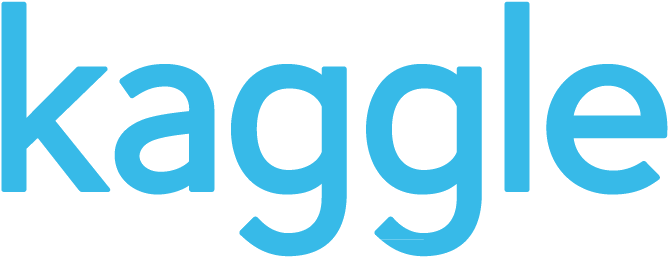Dataset
BitMEX
BitMEX is a cryptocurrency exchange and derivative trading platform. It is owned and operated by HDR Global Trading Limited, which is registered in the Seychelles and has offices worldwide.
BitMEX offers a fully featured REST API and a powerful streaming WebSocket API. All market and user data is available and updates in real-time.
The BitMEX APIs are open and complete. Every function used by the BitMEX website is exposed via the API, allowing developers full control to build any kind of application on top of BitMEX.












